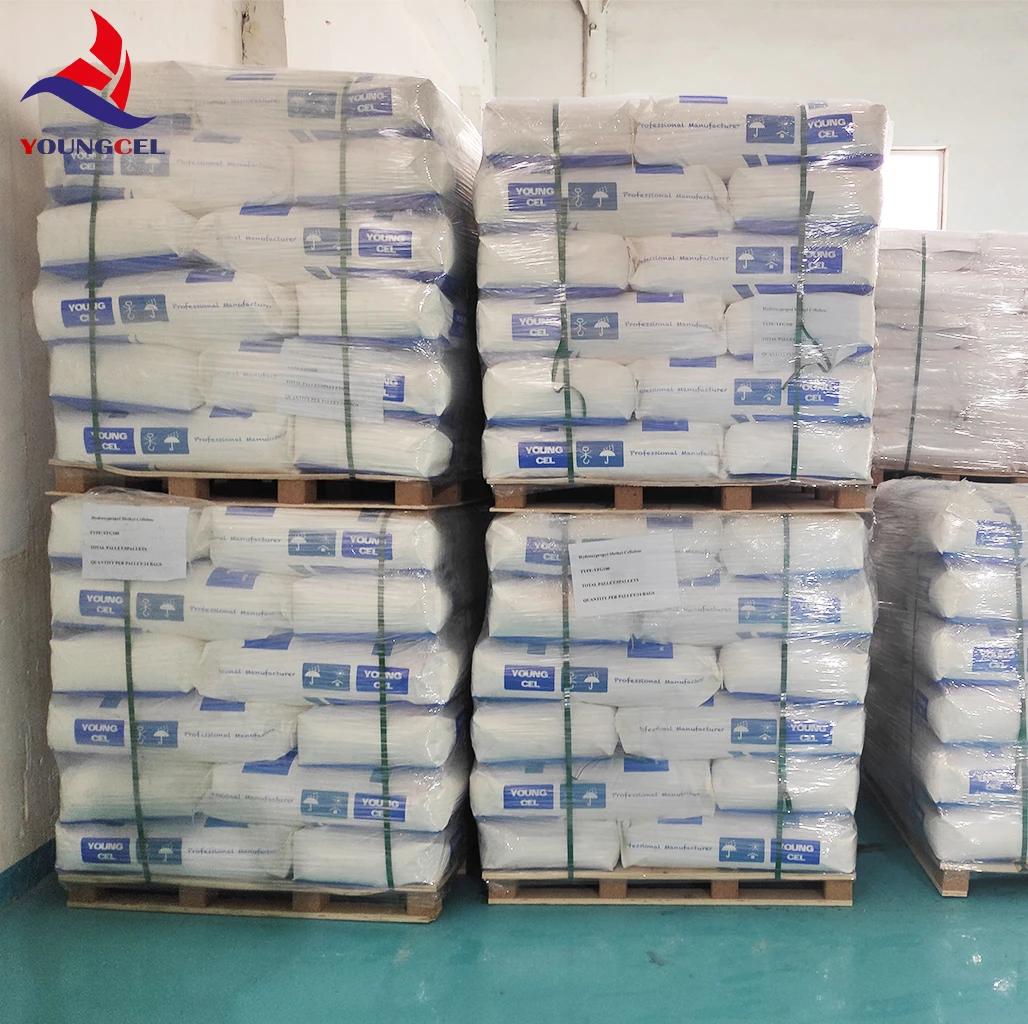The Use of HPMC in Construction
Hydroxypropyl Methylcellulose (HPMC) is a versatile and widely used additive in the construction industry, recognized for its unique properties and benefits. As a cellulose ether, HPMC is derived from natural cellulose sources, making it a non-toxic and environmentally friendly option suitable for various construction applications. This article explores the significance of HPMC in construction, its applications, and its benefits.
Understanding HPMC
HPMC is a white powder that is highly soluble in water, forming a clear, viscous solution. It is produced through the chemical modification of cellulose, which is a natural polymer found in plant cell walls. The unique chemical structure of HPMC allows it to possess several beneficial characteristics, such as water retention, thickening, and improved workability. Due to these properties, HPMC is widely used in construction materials, including cement-based products, tile adhesives, mortars, and plasters.
Applications in Construction
1. Cement-based Products HPMC is commonly used in cement-based mixtures, including self-leveling compounds and patching compounds. It enhances the workability of these mixtures, allowing for easy application and better adhesion to various surfaces. Additionally, HPMC helps maintain moisture in the cement matrix, which is crucial for proper curing and strength development.
2. Tile Adhesives One of the most significant applications of HPMC is in tile adhesives. It improves the adhesion properties of the adhesive while providing extended open time. This is particularly beneficial in situations where tiles need to be repositioned after initial placement. It also contributes to improved elasticity and flexibility in the adhesive, which helps accommodate the natural expansion and contraction of tiles.
3. Mortars and Plasters HPMC is extensively used in both interior and exterior mortars and plasters. It enhances the workability and spreadability of these materials, allowing for smoother application. Furthermore, HPMC contributes to the water retention of mortars and plasters, reducing the risk of cracking and improving the durability of the finished product.
4. Renderings and Coatings In rendering applications, HPMC is used to provide a smooth finish and improve adhesion to substrates. In coatings, it can act as a thickener and stabilizer, ensuring uniformity and consistency.
hpmc used in construction

Benefits of Using HPMC
- Enhanced Workability One of the primary advantages of incorporating HPMC into construction materials is its ability to enhance workability. This allows workers to apply materials more easily, resulting in better finishes and reduced labor time.
- Water Retention HPMC effectively retains water in construction mixtures, which is critical for proper hydration and curing of cement-based products. This water retention reduces the risk of premature drying, thereby minimizing the chances of cracking and improving overall strength.
- Improved Adhesion HPMC contributes to improved adhesion properties in tile adhesives and mortars, ensuring that materials bond effectively to surfaces. This is crucial for the longevity of construction projects, particularly in high-moisture environments.
- Environmental Friendliness As a cellulose derivative, HPMC is non-toxic and derived from renewable resources. Its use in construction aligns with the movement towards sustainable building practices, minimizing the environmental impact associated with construction activities.
- Versatility HPMC can be tailored for specific applications by varying its properties, such as viscosity and gel temperature. This versatility allows manufacturers to develop customized formulations that meet the specific needs of various construction projects.
Conclusion
In conclusion, Hydroxypropyl Methylcellulose (HPMC) plays a vital role in the construction industry, enhancing the performance and quality of numerous building materials. Its applications in cement-based products, tile adhesives, mortars, and plasters are invaluable, providing contractors with improved workability, adhesion, and water retention. As the construction industry continues to evolve, the demand for effective and sustainable additives like HPMC is expected to grow. By embracing such materials, the industry can not only improve construction practices but also promote environmental sustainability.
-
Rdp Powder: Key Considerations for Wholesalers in the Building Materials IndustryNewsJul.08,2025
-
Key Considerations for Wholesalers: Navigating the World of Hpmc - Based ProductsNewsJul.08,2025
-
Hpmc Detergent: Key Considerations for WholesalersNewsJul.08,2025
-
Key Considerations for Wholesalers: China Hpmc For Tile Adhesive, Coating Additives, Concrete Additives, and MoreNewsJul.08,2025
-
Crucial Considerations for Wholesalers: Navigating the World of Construction MaterialsNewsJul.08,2025
-
Key Considerations for Wholesalers Sourcing Additive For Cement, Additive For Concrete, Additive For Putty from Additive Manufacturer Shijiazhuang Gaocheng District Yongfeng Cellulose Co., Ltd.NewsJul.08,2025




